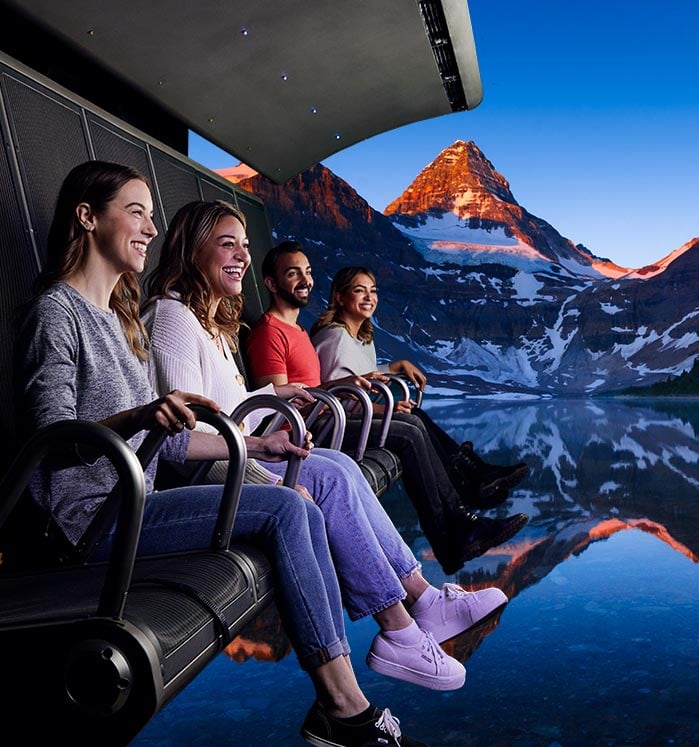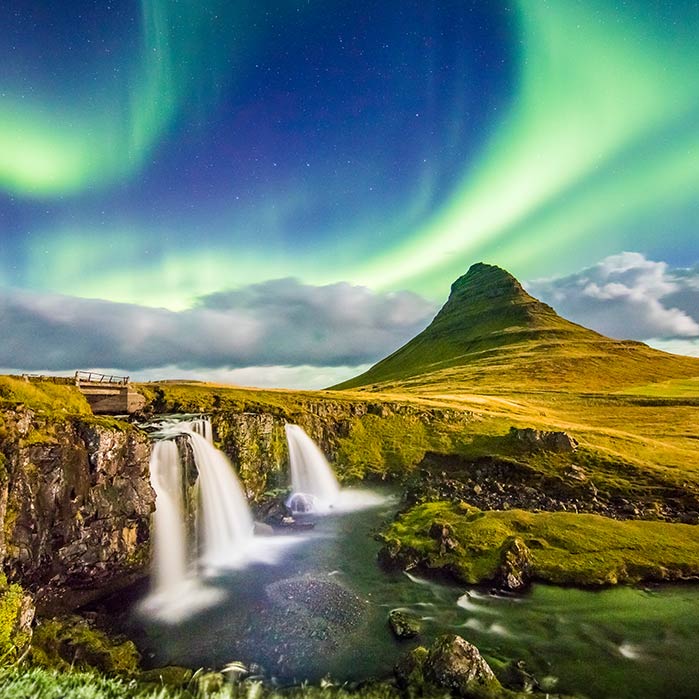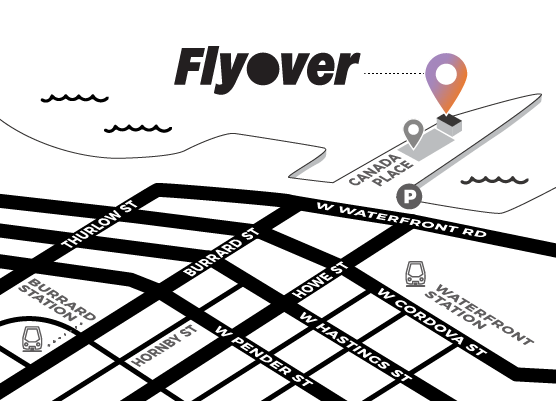Wind, mist and scents combine with the ride’s motion to create a high-flying experience.


Please note that tile replacements are underway outside Flyover’s ticketing desk and patio area. We will remain fully open during these improvements.
Discover absolute awe at Flyover. Our flying journeys transport you to the planet’s most spectacular places, from the snow-capped summits of the Canadian Rockies to breathtaking and iconic locations around the globe. You’ll exit wondering where to go next.
Follow your sense of adventure to Flyover, located at Canada Place in the heart of Vancouver’s downtown waterfront.

Flyover grabs all your senses to immerse you in landscapes, stories and culture. Using the power of unique perspectives, the sensations of flight and complete sensory engagement, you'll soar over, around and through the world's most epic places.
Engineered to swoop, dip and turn — giving you the true feeling of flight.
Our 20-metre-wide spherical screen surrounds you and puts you right into the action.
You won’t just see these incredible places. Through special effects you’ll feel them, too.
Unique scents are used to transport you to the iconic locations in the films for a fully immersive experience.
†Children must be at least 102cm (40") tall. Children (13 and under) must be accompanied by an adult or guardian (14 years or older).
Prices subject to change at any time.
Save 20% on regular-priced*, single-ride tickets. Just use promo code EXPLORE20 when you book online. *Not applicable to other offers.
Locals save on single and dual ride tickets! The BC Locals Rate applies to anyone with valid proof of BC identification, required upon arrival.
Plan ahead to get the best rate available. Guests save when booking online same day.
Book both Legendary Iceland and Windborne: Call of the Canadian Rockies to save 30% on your second adventure.

Set off on a journey beyond the summits. Windborne connects you with scenery that has inspired adventure since time immemorial. Beyond the alpine beauty, you'll discover the spirit of the mountains from the people who call the Canadian Rockies home.
Limited Showing: January 22 – June 27
Book online and save. Plan ahead to get the best rate available.

Sweeping glaciers, stunning fjords and ancient mysteries. That’s what you’ll explore when you venture to the land of fire and ice aboard this incredible immersive journey. Hang on to your seat and be swept away to discover pristine Iceland.
Limited Showing: April 22 – June 27
Book online and save. Plan ahead to get the best rate available.
LOCATED AT CANADA PLACE
Flyover is located at Canada Place in the heart of downtown Vancouver.
Open Daily

Insider tips, inspiration and deals — delivered straight to your inbox.